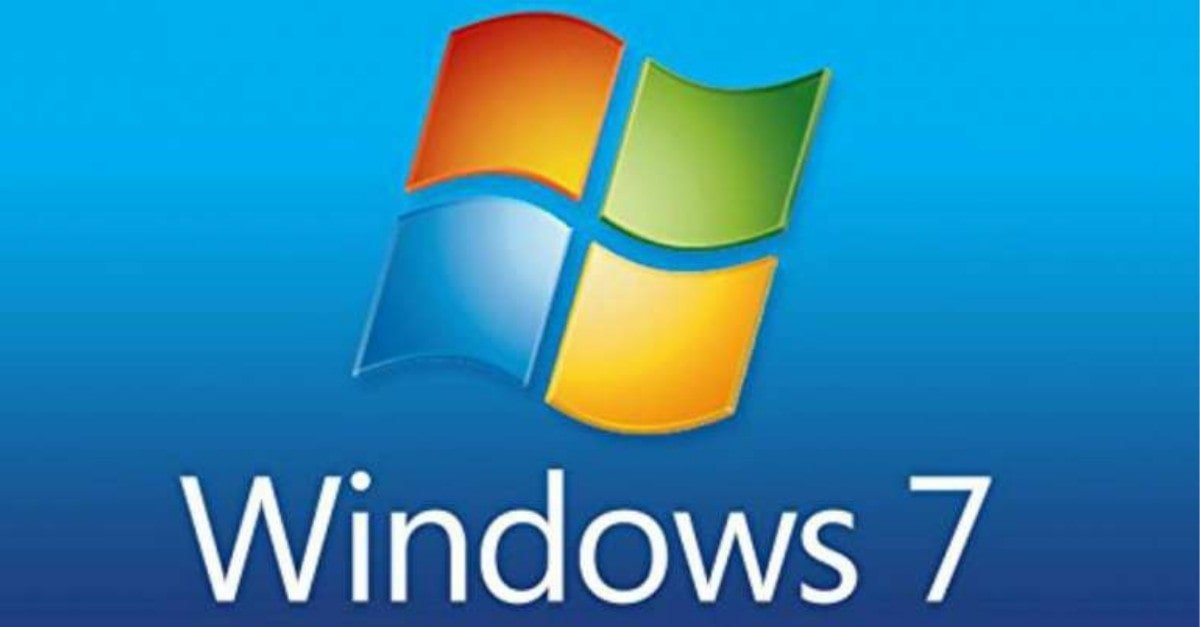Microsoft Applications Assure Hardcore Defense Against Ransomware
Two consecutive attacks of ransomware on devices with Windows operating systems, in both May 2017 and June 2017, has been alarming the world and causing cybersecurity debates. The first attack was by “WannaCry,” a variant of ransomware that caused a major stir by disrupting businesses in over 150 countries across the globe. It was then followed by “Petya,” which was described as stronger ransomware. It interrupted businesses in Ukraine, Russia, the USA, and other parts of the globe. Some companies have paid the ransom in exchange for their essential documents and highly confidential data. Unfortunately, companies with online storage and devices are susceptible to ransomware as they are more capable of paying the demanded worth of bitcoins as ransom. Securing devices against a highly probable third consecutive attack must be given the utmost priority.
Office 365 – Quarantine and Advanced Threat Protection
Microsoft has been consistently optimizing its security features and updating its cybersecurity applications. Even before the onset of these cyber-attacks, Microsoft had been regularly vigilante in equipping their programs with built-in anti-virus features such as Office 365’s Quarantine and
Advanced Threat Protection.
Office 365’s Advanced Threat Protection (ATP),
Office 365’s ATP continuously checks attachments, email inboxes, and links to avoid malware penetration. Safe Links, Safe Attachments, URL Detonation, and Dynamic Delivery are the different ATP parts that make protecting your data easy.
Office 365’s Quarantine feature automatically sends suspicious emails to the quarantine folder so that they will not be mixed with the safe contents of the user’s inbox. The organization’s administrator can then control the emails that will be sent directly into the quarantine section. The contents of the quarantine section get automatically deleted after fifteen (15) days. Emails that have been suspected to be malicious but turn out to be safe can be pulled out from that section and safely opened and read.
Prevention Applications
Microsoft has built its operating system with an antivirus application called “Windows Defender Tool.” Other prevention applications of Microsoft that were devised to guard your data against malware and even ransomware are “Smart Screen” and “Malware Protection Program.” Smart Screen is a Windows filtering tool used to block suspicious websites. On the other hand, Malware Protection Program educates the user on understanding the prevention tools being offered and how the threat can be removed.
Keeping your version of Microsoft windows updated is one of the surefire ways to maintain your corporate data’s security and protection is stored in your cloud system.


